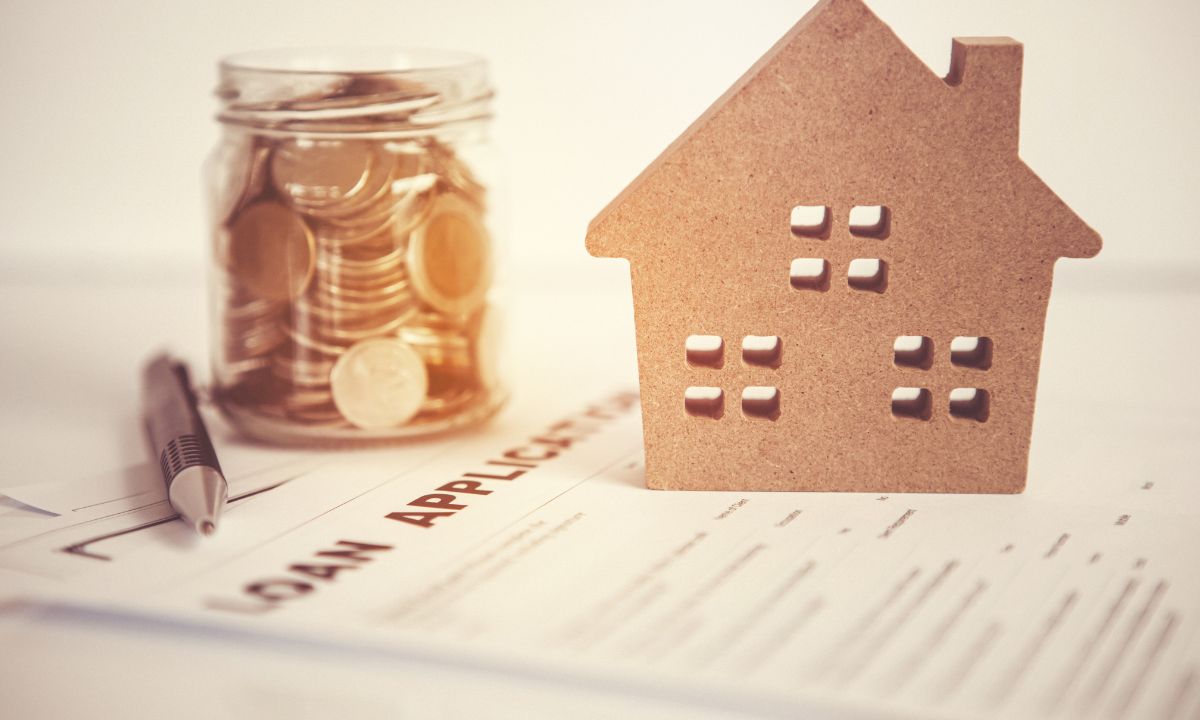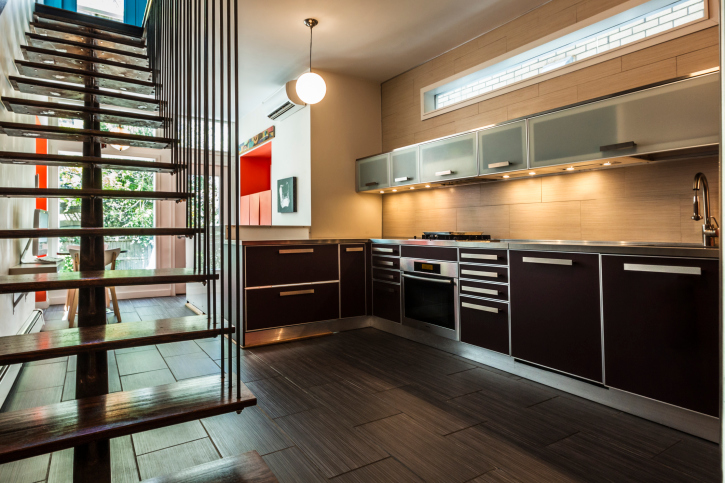Top 5 Mortgage Types for Homebuyers
 When you’re preparing to buy a home, choosing the right mortgage is one of the most important decisions you’ll make. With so many options available, it can be challenging to know which type best suits your needs. Each mortgage type comes with unique advantages and understanding them can help you achieve your homeownership goals in a financially sustainable way. Below, we outlined the five of the most common mortgage types and how they differ.
When you’re preparing to buy a home, choosing the right mortgage is one of the most important decisions you’ll make. With so many options available, it can be challenging to know which type best suits your needs. Each mortgage type comes with unique advantages and understanding them can help you achieve your homeownership goals in a financially sustainable way. Below, we outlined the five of the most common mortgage types and how they differ.
1. Conventional Fixed-Rate Mortgage
One of the most popular options for homebuyers, the conventional fixed-rate mortgage offers consistency and predictability. With this loan, the interest rate remains the same throughout the life of the loan, which can range from 15 to 30 years. This means your monthly payments for principal and interest won’t change over time, providing a sense of financial stability. This option is ideal for borrowers who plan to stay in their homes long-term and appreciate the assurance that comes with predictable payments. However, because fixed-rate mortgages often come with slightly higher initial interest rates compared to adjustable-rate loans, you might pay more in interest if you don’t intend to stay in the home for an extended period.
2. Adjustable-Rate Mortgage (ARM)
Adjustable-rate mortgages offer a lower initial interest rate compared to fixed-rate loans, making them attractive to buyers who plan to sell or refinance before the end of the initial period, which can be 5, 7, or 10 years. Once this period ends, the interest rate adjusts periodically based on market conditions, which can lead to increases in monthly payments. While ARMs can provide savings upfront, they come with the potential risk of increased payments later. This makes it important for borrowers to carefully assess their long-term plans and financial stability before choosing this option.
3. FHA Loan
For first-time buyers or those with less-than-perfect credit, an FHA loan—backed by the Federal Housing Administration—can make homeownership more accessible. FHA loans typically require a lower down payment (as low as 3.5%) and have more lenient credit score requirements than many conventional loans. These advantages make them especially appealing to those entering the housing market for the first time. However, borrowers are required to pay mortgage insurance premiums (MIP), which can add to the overall cost of the loan.
4. VA Loan
VA loans, available to eligible veterans, active-duty service members, and some surviving spouses, offer significant financial advantages. These include no down payment, no private mortgage insurance (PMI), and competitive interest rates. Because these loans are backed by the U.S. Department of Veterans Affairs, they provide enhanced security for lenders, which translates into savings and flexibility for borrowers. VA loans are an excellent option for those who qualify, often leading to lower overall costs and a more straightforward path to homeownership.
5. Jumbo Loan
For homebuyers looking to purchase high-priced or luxury homes that exceed conforming loan limits set by the Federal Housing Finance Agency (FHFA), jumbo loans are the solution. In 2024, the conforming loan limit is $726,200 in most areas, with higher limits in certain high-cost regions. Due to the larger amounts involved, lenders see jumbo loans as riskier, which means stricter credit requirements, higher down payments, and slightly higher interest rates are common. Despite these challenges, jumbo loans provide a way for qualified buyers to finance properties beyond the reach of traditional mortgage limits.
Finding the Right Fit for Your Needs
Whether you’re purchasing your first home, upgrading, or investing in luxury real estate, understanding your mortgage options is critical. Evaluate your financial goals, long-term plans, and risk tolerance to determine the best fit for your needs. Making an informed decision now can set you on the path to a secure and fulfilling homeownership journey.

 Saving for a down payment can feel overwhelming, but with some creative strategies, you can make it happen faster than you think. Whether you’re a first-time homebuyer or looking to upgrade, these tips can help you reach your goal and set you on the path to homeownership.
Saving for a down payment can feel overwhelming, but with some creative strategies, you can make it happen faster than you think. Whether you’re a first-time homebuyer or looking to upgrade, these tips can help you reach your goal and set you on the path to homeownership. Embarking on the journey to homeownership is an exciting milestone, but it requires careful financial preparation. Ensuring that your finances are in optimal shape is crucial to securing a home loan with favorable terms. This guide will walk you through the essential steps to get your financial profile in top shape before applying for a mortgage.
Embarking on the journey to homeownership is an exciting milestone, but it requires careful financial preparation. Ensuring that your finances are in optimal shape is crucial to securing a home loan with favorable terms. This guide will walk you through the essential steps to get your financial profile in top shape before applying for a mortgage. The rush of excitement that comes with finding the home you’ve been looking for is ideal, but just because it seems like the perfect place, doesn’t mean there aren’t other factors to consider. Instead of getting hit with buyer’s remorse, here are some tips so that your home purchase doesn’t become something you’ll regret.
The rush of excitement that comes with finding the home you’ve been looking for is ideal, but just because it seems like the perfect place, doesn’t mean there aren’t other factors to consider. Instead of getting hit with buyer’s remorse, here are some tips so that your home purchase doesn’t become something you’ll regret. Are you thinking about buying a new home? Congratulations!
Are you thinking about buying a new home? Congratulations!